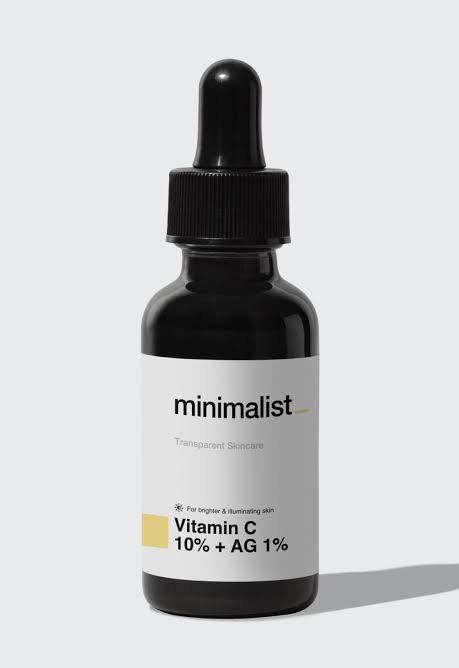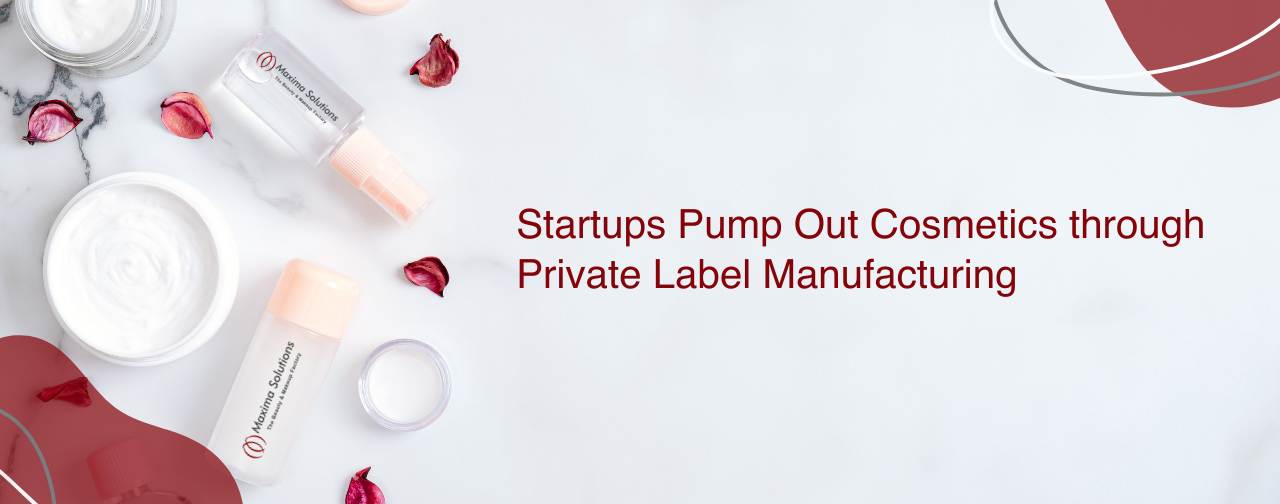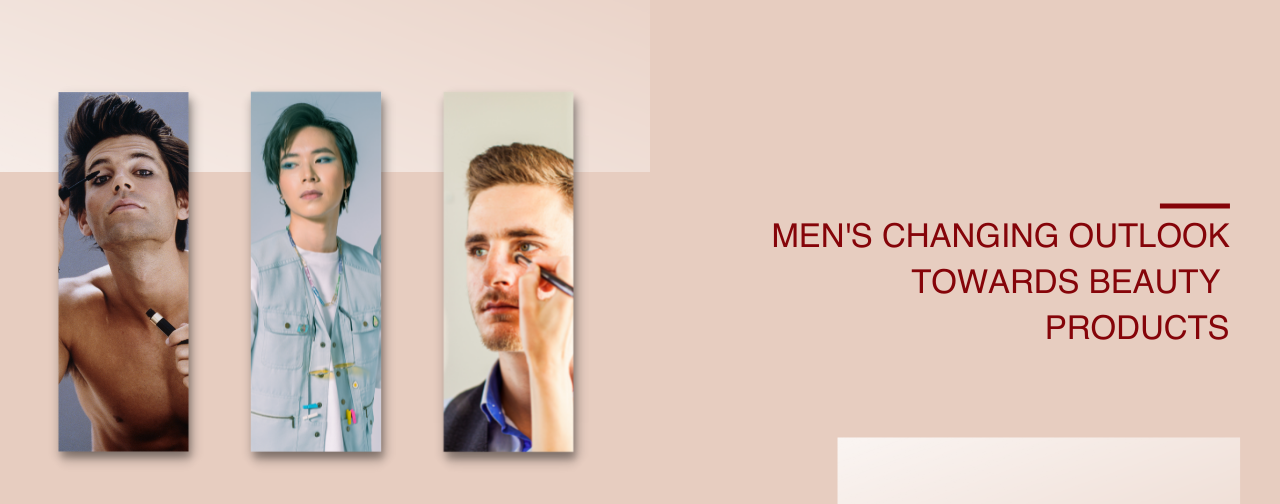I sat down with Alok Kamat, Partner at Maxima Solutions, to get his opinion on the emergence of gender-neutral beautification products in India. A phenomenon that’s brewing in the local market, but not quite a storm.
What makes a product gender neutral?
Beautifying products aren’t formulated with a particular gender in mind. Be it skin and hair care, bath, and body, or makeup, brands are creating gender-neutral products for all skin types: melanin-rich, dry, oily, neutral, or sensitive. These gender-neutral makeup products are free of fragrance or contain neutral fragrances like leather and wood. Some bold brands are even sporting cannabis or book mold scent and avoiding gendered scents like musk and jasmine in gender-neutral products. Besides, Gender-neutral products are often enriched with active ingredients that enhance performance. All of this makes them uniquely non-gendered.
How are gender-neutral products reaching Gen Z?
Gender-neutral products are usually advertised as daily wear which means the formulations need to be lightweight, non-sticky, bite-size (easy to carry and apply), and multipurpose. This generation is the “tuned in a generation,” they consume mostly online content and so brands are reaching out through social media. Additionally, brands are digging out a place in the hearts of Gen Z by making beautifying products more of a need than a want. These products are often packed with claims like vitamin C, vegan, free of animal testing, natural, and a hefty SPF. In general, Gen Z consumers like products that are innovative, utility-driven, genderless, meaningful (speaks to an ethos and are possibly eco-friendly), and have a social media presence. Think of the growing popularity of neo-pronouns and non-binary identities among the TikTok generation; it’s online and meaningful.
Are gender-neutral products taking India by storm?
Colgate. Colgate, throughout my life, has been a non-gendered daily utility product. But, it’s not a beautification product. And so, no one gender-neutral product has stolen the show in India yet, I mean, they haven’t reached tier 3 or 4 cities or rural regions. However, one company, Kaya, has risen above the rest. Since 2003, Kaya has focused on formulating gender-neural products. They began by distributing beautifying products in their in-clinic skin-care centers, Kaya Skin Clinics. Doing so, they fostered confidence in the products’ performance. Nowadays, Kaya can be found online, in clinics, and even in retail. Also, they have unique white packaging, so there’s no gender bias. When I think about it, Kaya is more akin to Schwarzkopf or Vidal Sassoon than other beauty products, in marketing at least. Really, they have a superb marketing campaign. In my opinion, in-clinic products are an excellent way to move gender-neutral beautification, if not through social media and D2C platforms. Kaya aside, there’s a storm brewing. Bella Vita Organic, through awareness, is on the verge of something big, definitely a company to keep an eye on.
What are some ways that makeup makers can change the way brands approach to gender in the makeup industry?
The short answer is the packaging. Brands like Minimalist are selling their products in bottles that look as if they came from a 1930 medicine show, they are eloquent, genderless, and include an eye-dropper. Some other brands to keep an eye on, in my opinion, are Mcaffeine and Bare Anatomy. They are slowly bringing genderless beauty products to the forefront with unique formulations and funky packaging, checkout Mcaffeine’s line of products for gender-neutral packaging inspiration, it looks like powdered coffee.
What can brands do to make it more comfortable for people of all genders to buy makeup in stores?
In India, there are no stores like Wal-Mart and Cosco, warehouses where shoppers can pick up items with a sense of anonymity. Yet, on social media and D2C platforms, brands are positioning their product or formulation in such a way that anyone can get their hands on it without a sense of shame! In fact, gender-neutral brands often launch their products through D2C platforms. After which, success is measured and then they go to retail stores. When products hit retail, men can walk up to the counter with confidence and laugh about others who don’t know this incredible gender-neutral product is sold there.
Is mens’ only makeup in competition with gender-neutral brands?
It is true that well-established and proven makeup brands are focusing on creating a range of makeup products for men. This is obviously well received by the consumers in the west as well. However, I do not think this sub-category will be directly competing with the gender-neutral brands as both are positioned and formulated in different ways.
Any final thoughts?
In the coming future, more brands will not target an individual’s gender but their emotions, self-esteem, and ego, selling hope in a bottle! Brands will advertise “freedom from toxic ingredients and ideologies,” selling inclusive beauty, self-care, and an alter-ego. We are already seeing this with well-established brands like Tom Ford. These days, the celebration of beauty is inclusive – beauty has become like fashion, cyclic in nature and constantly evolving.



